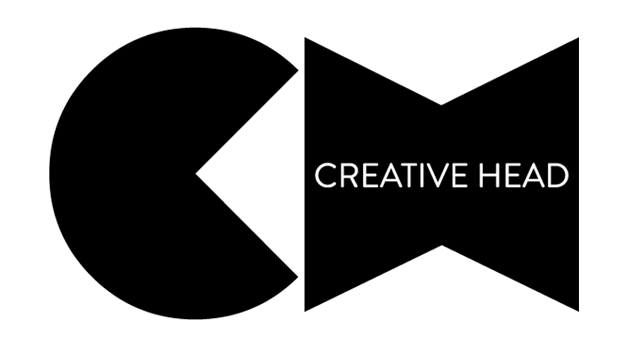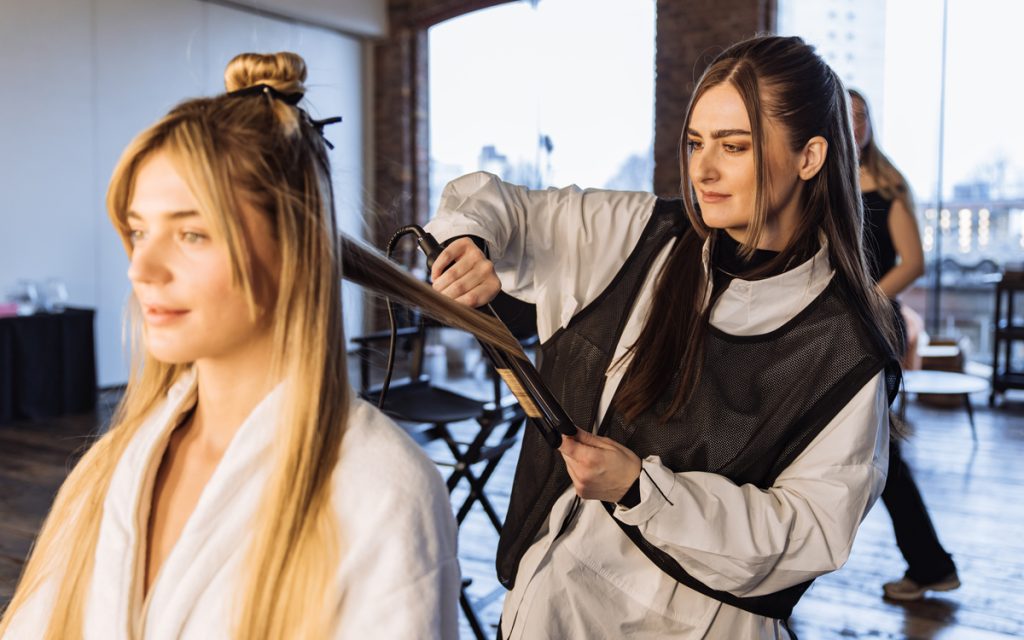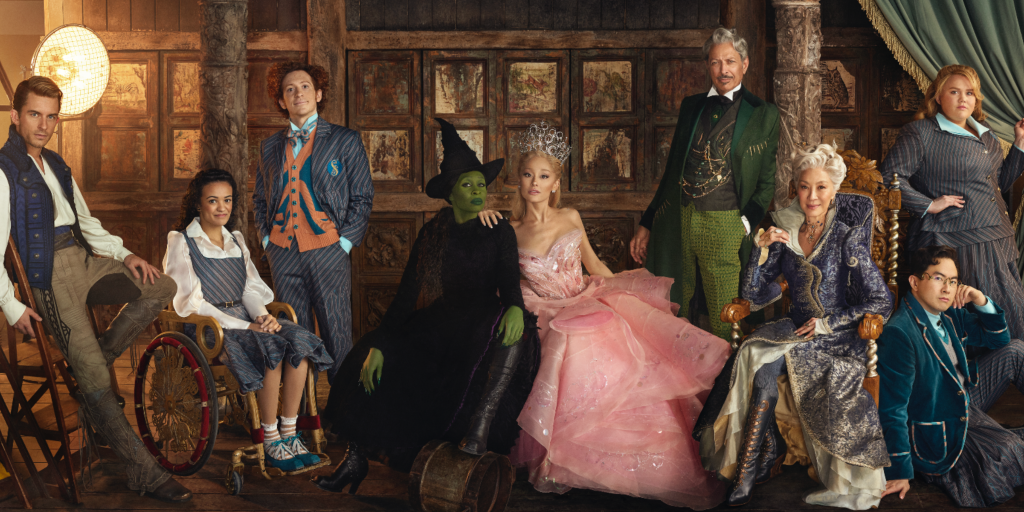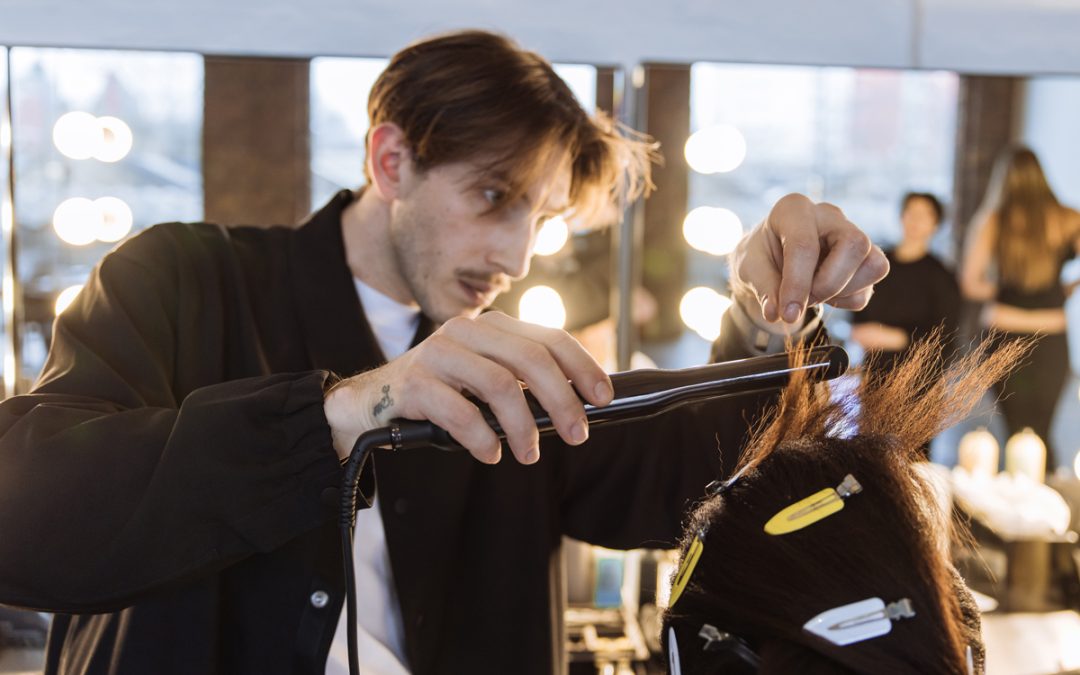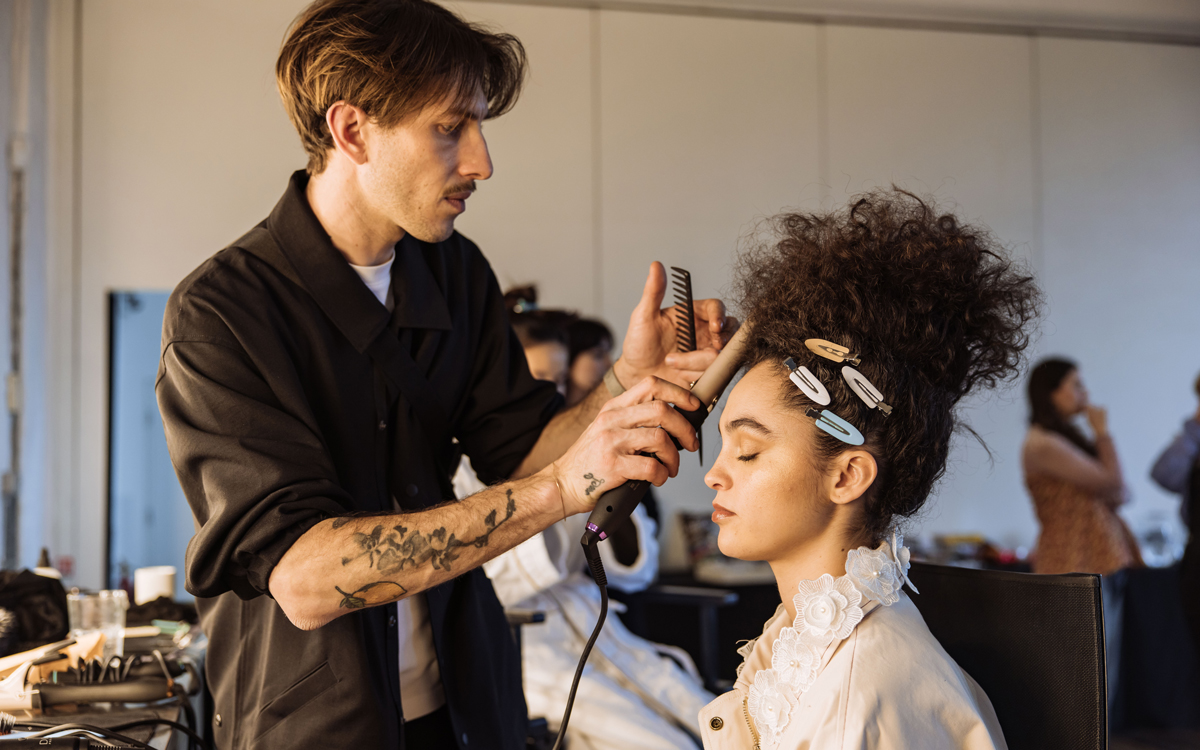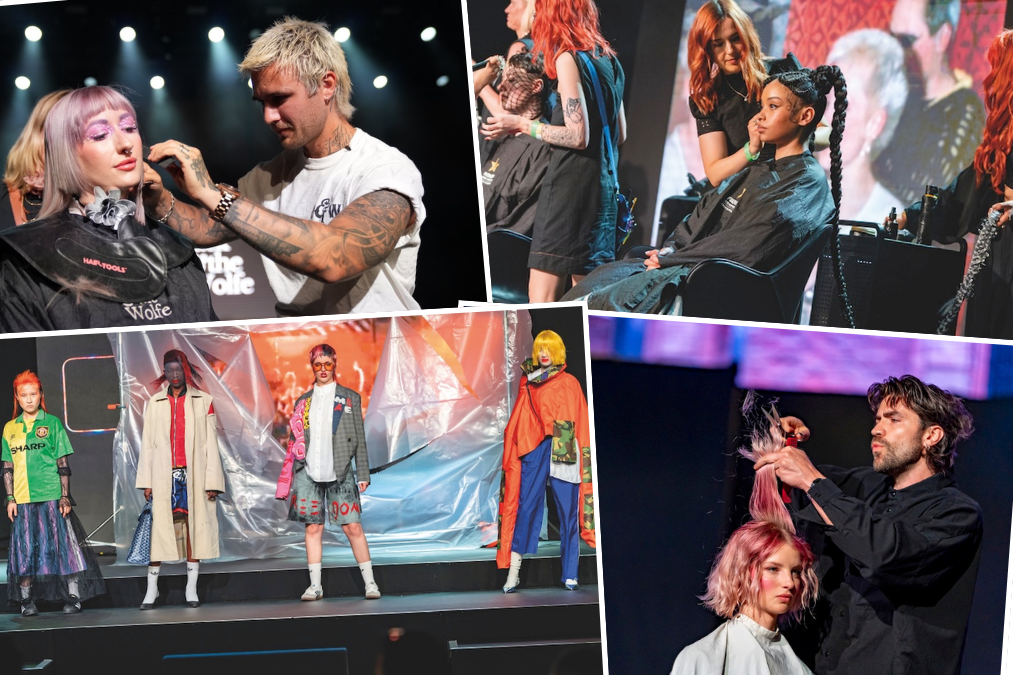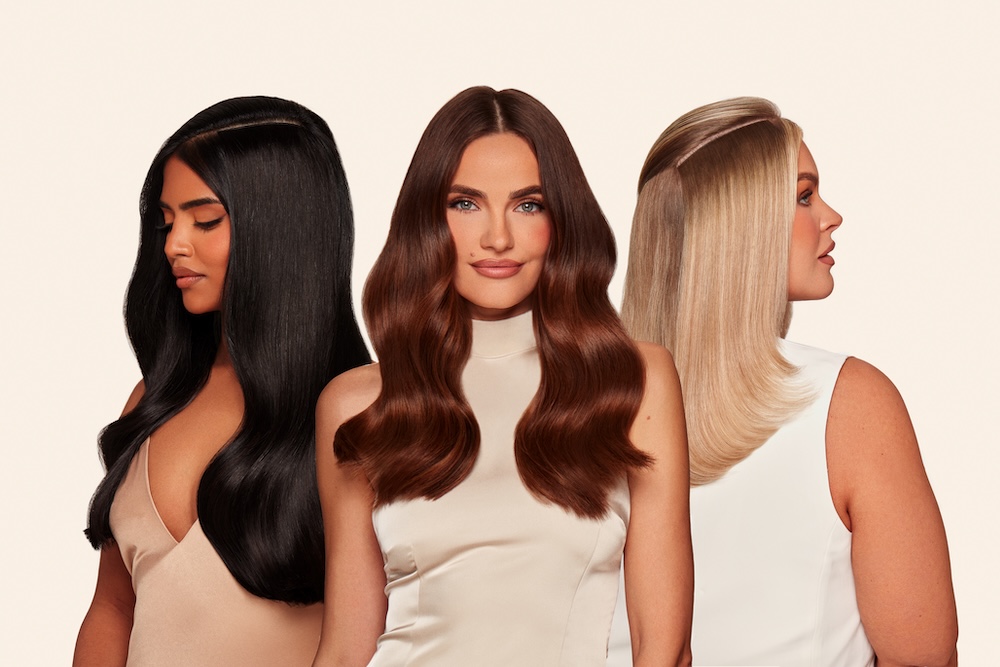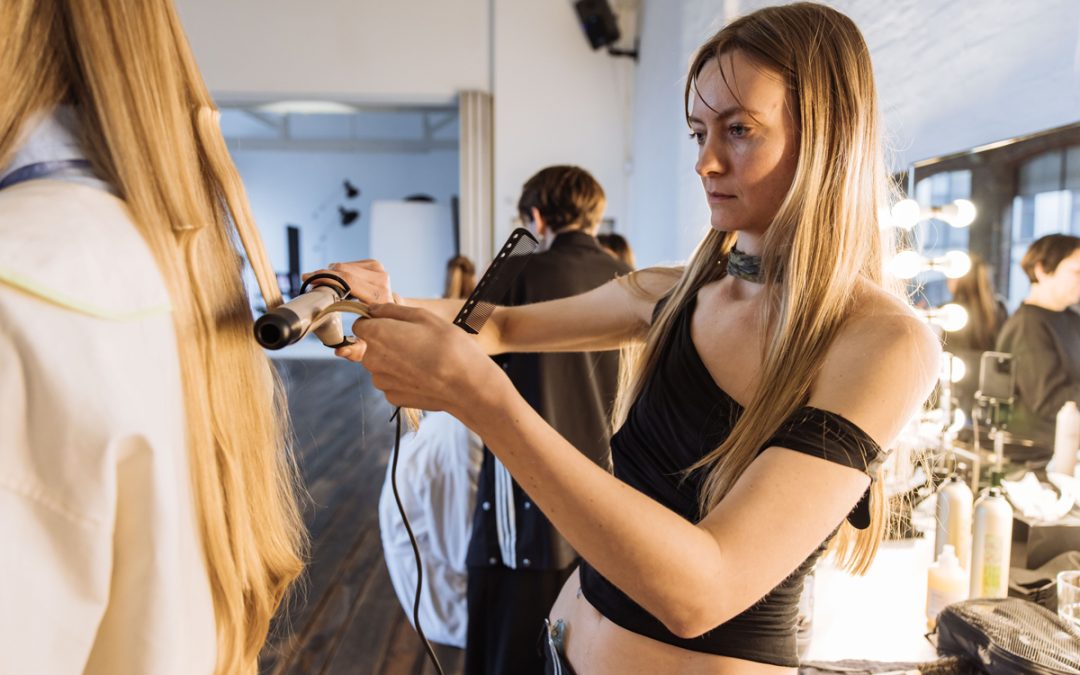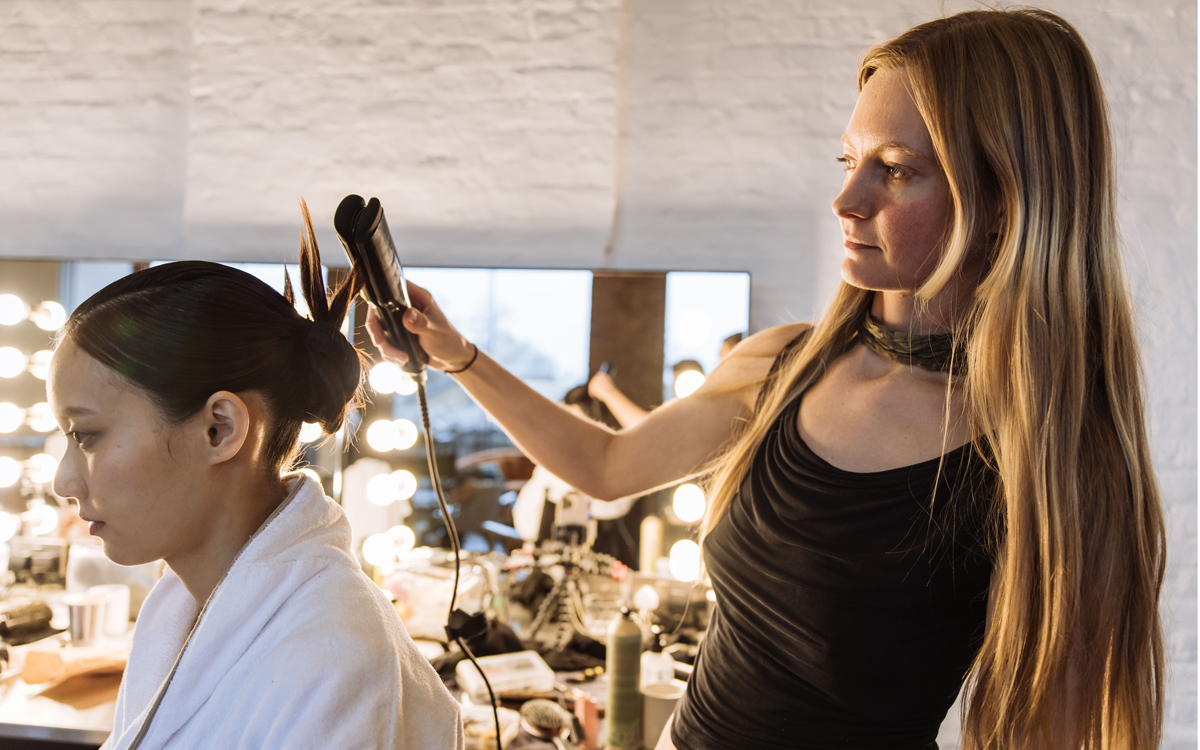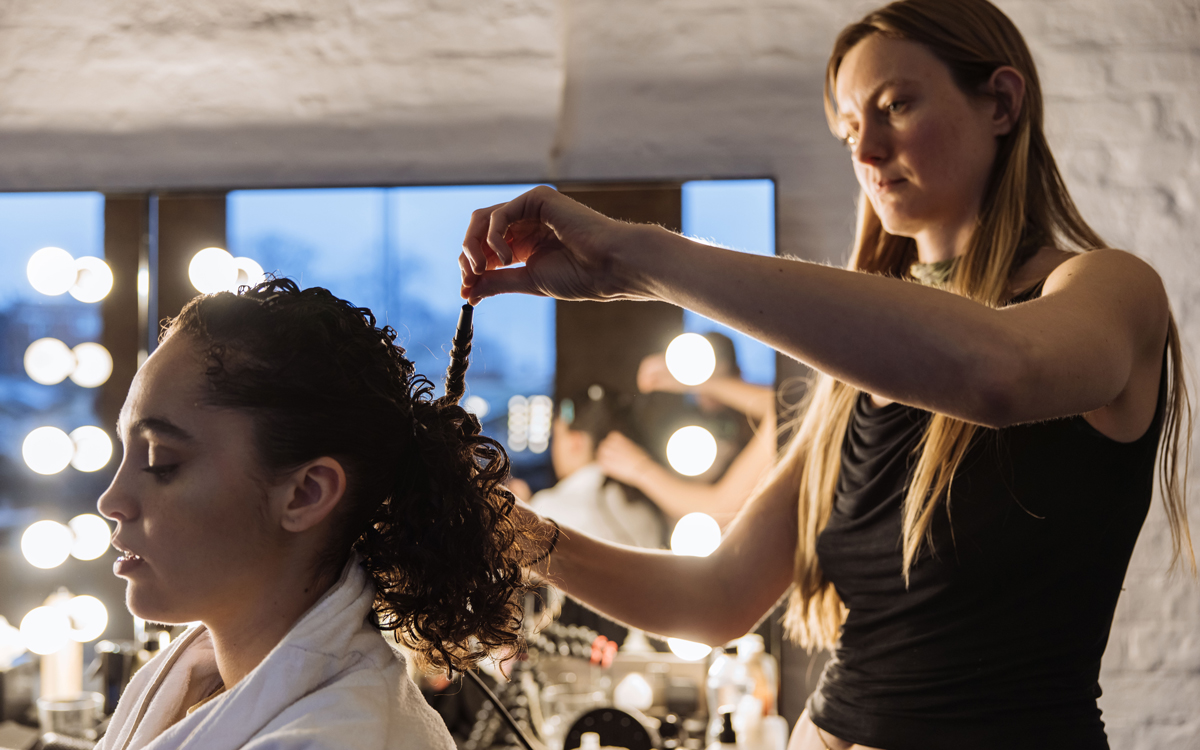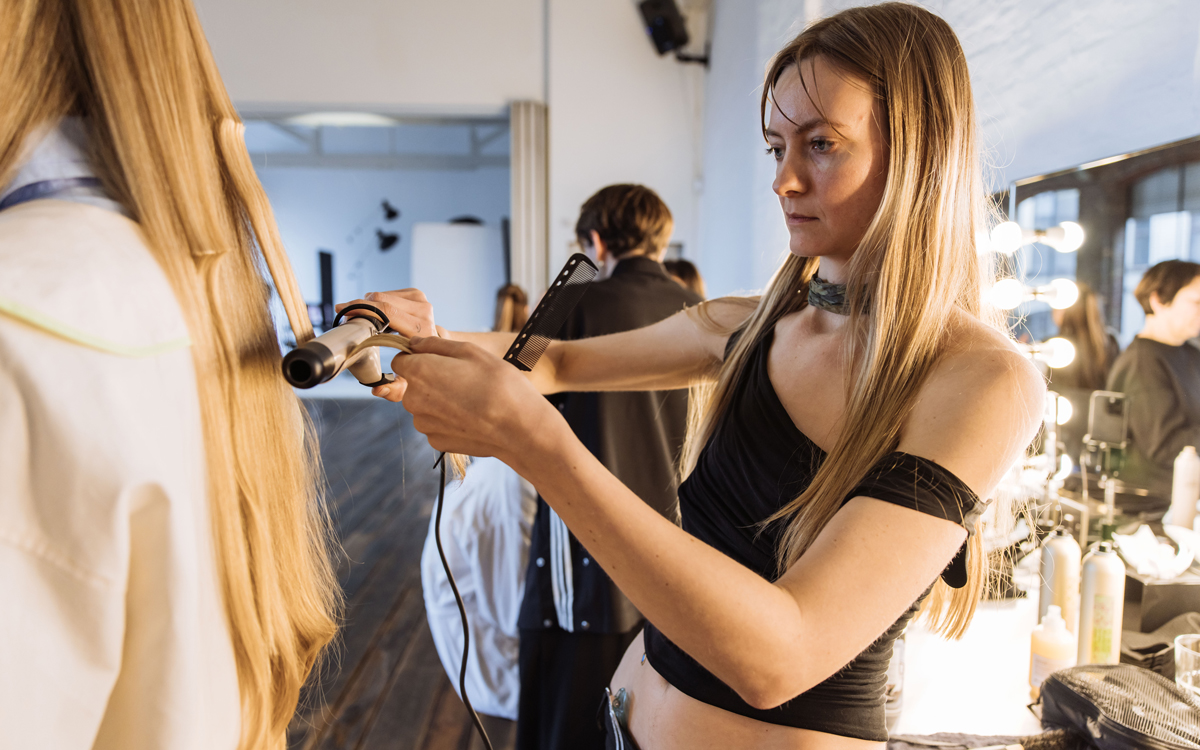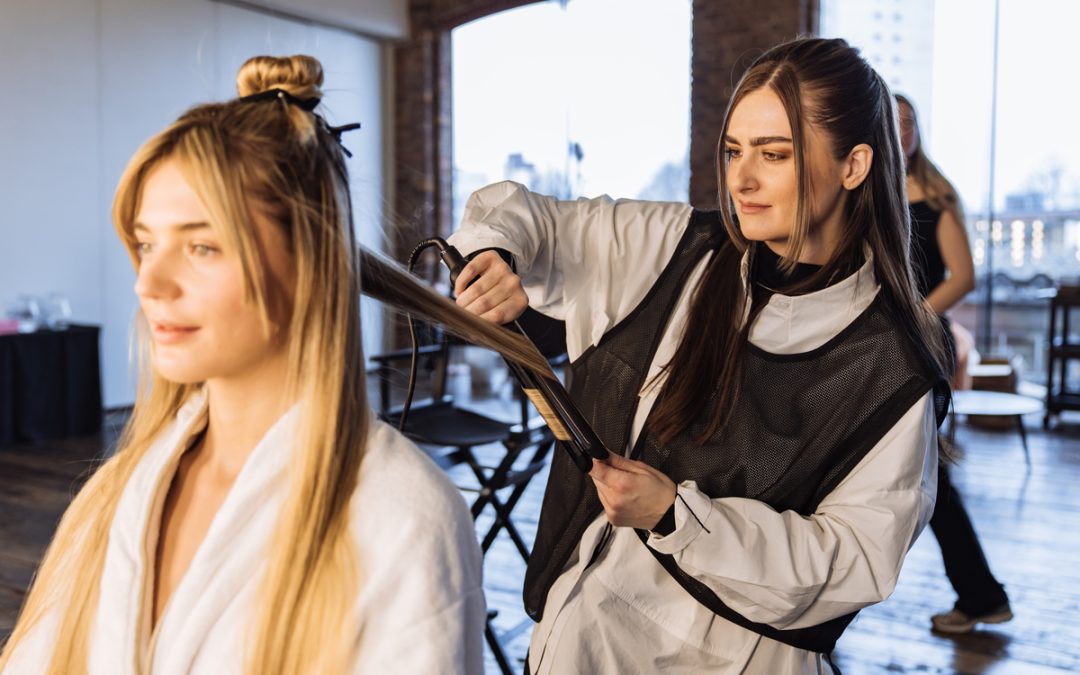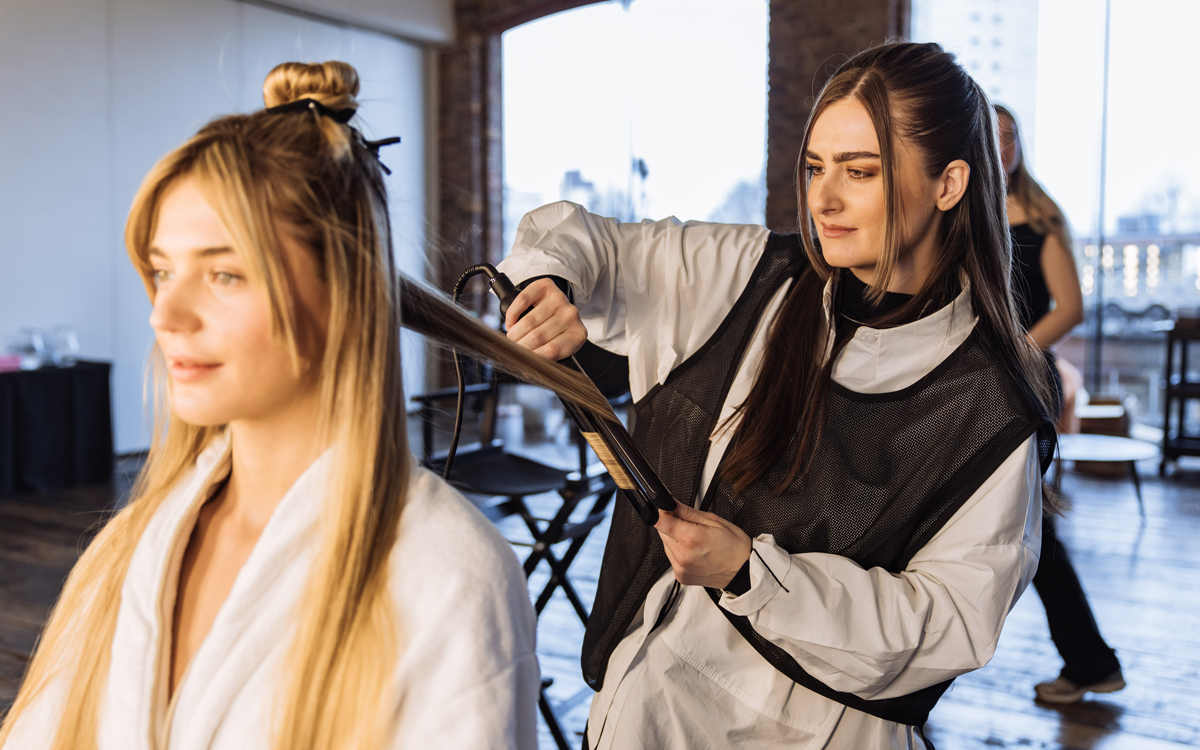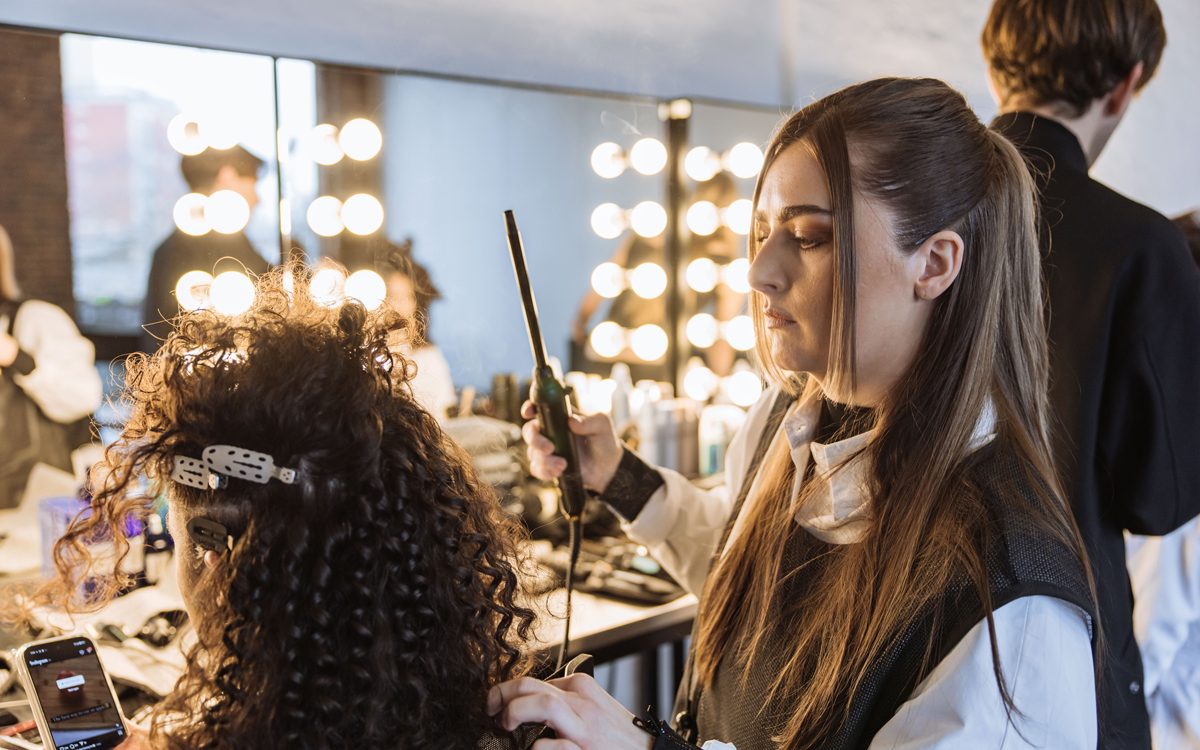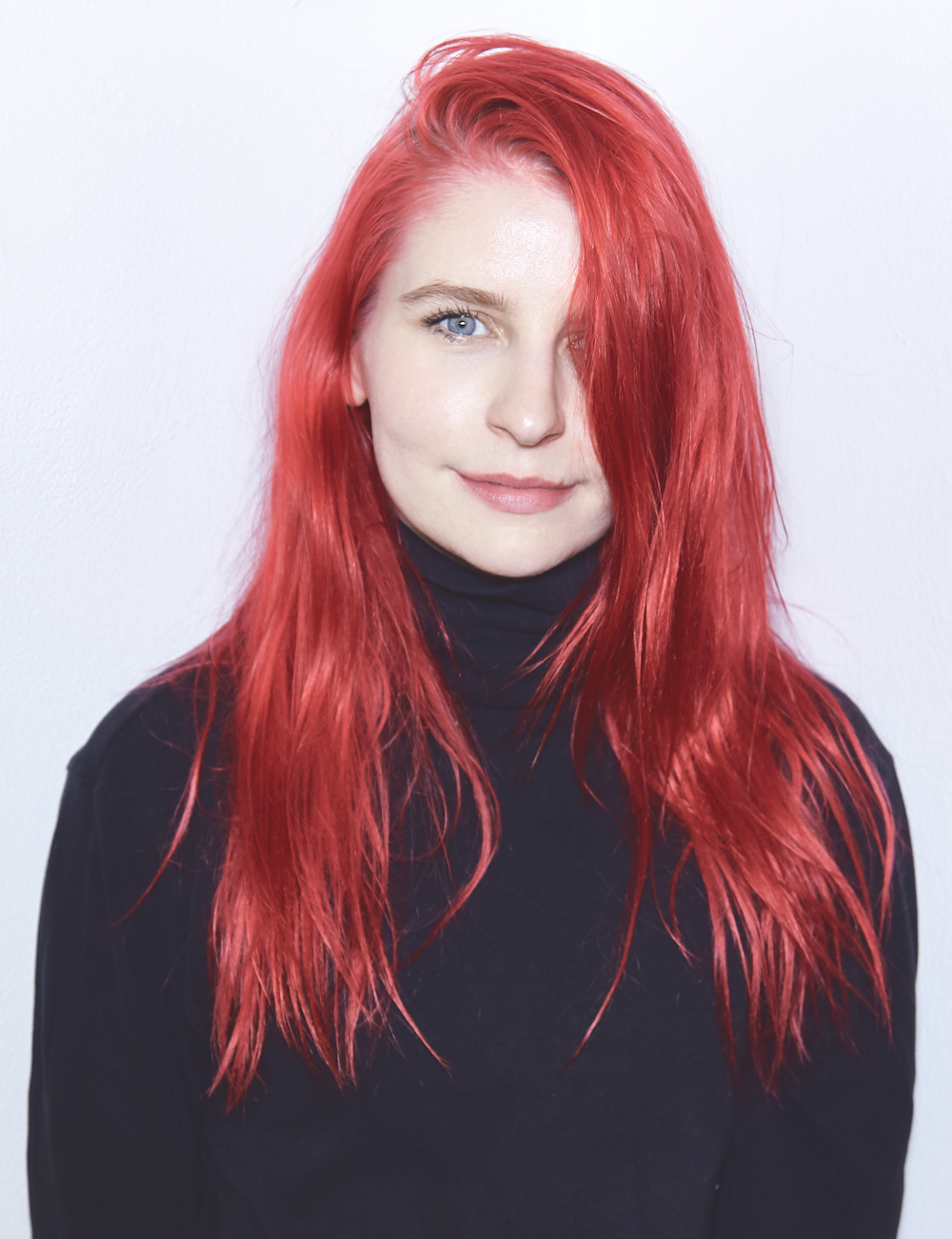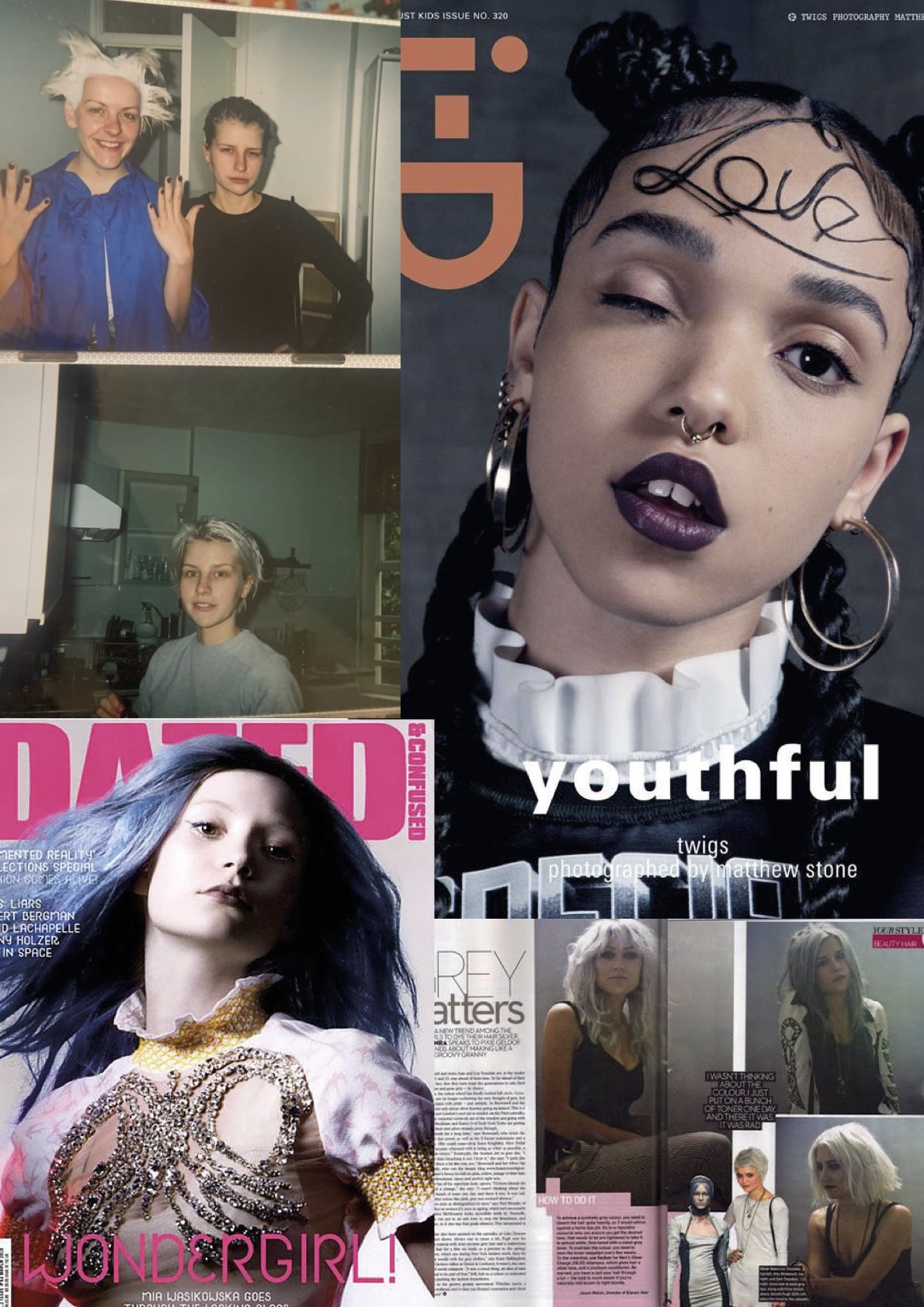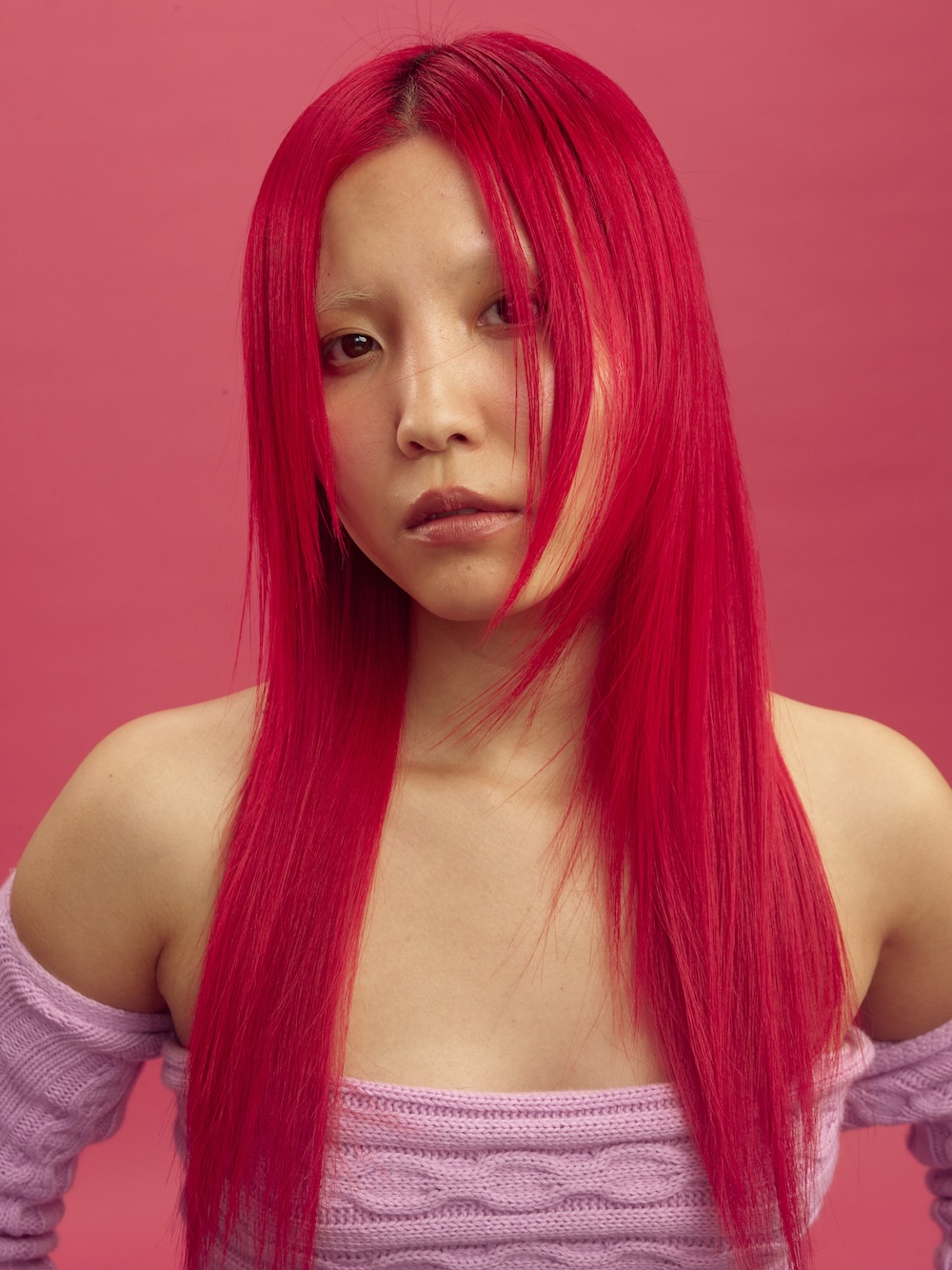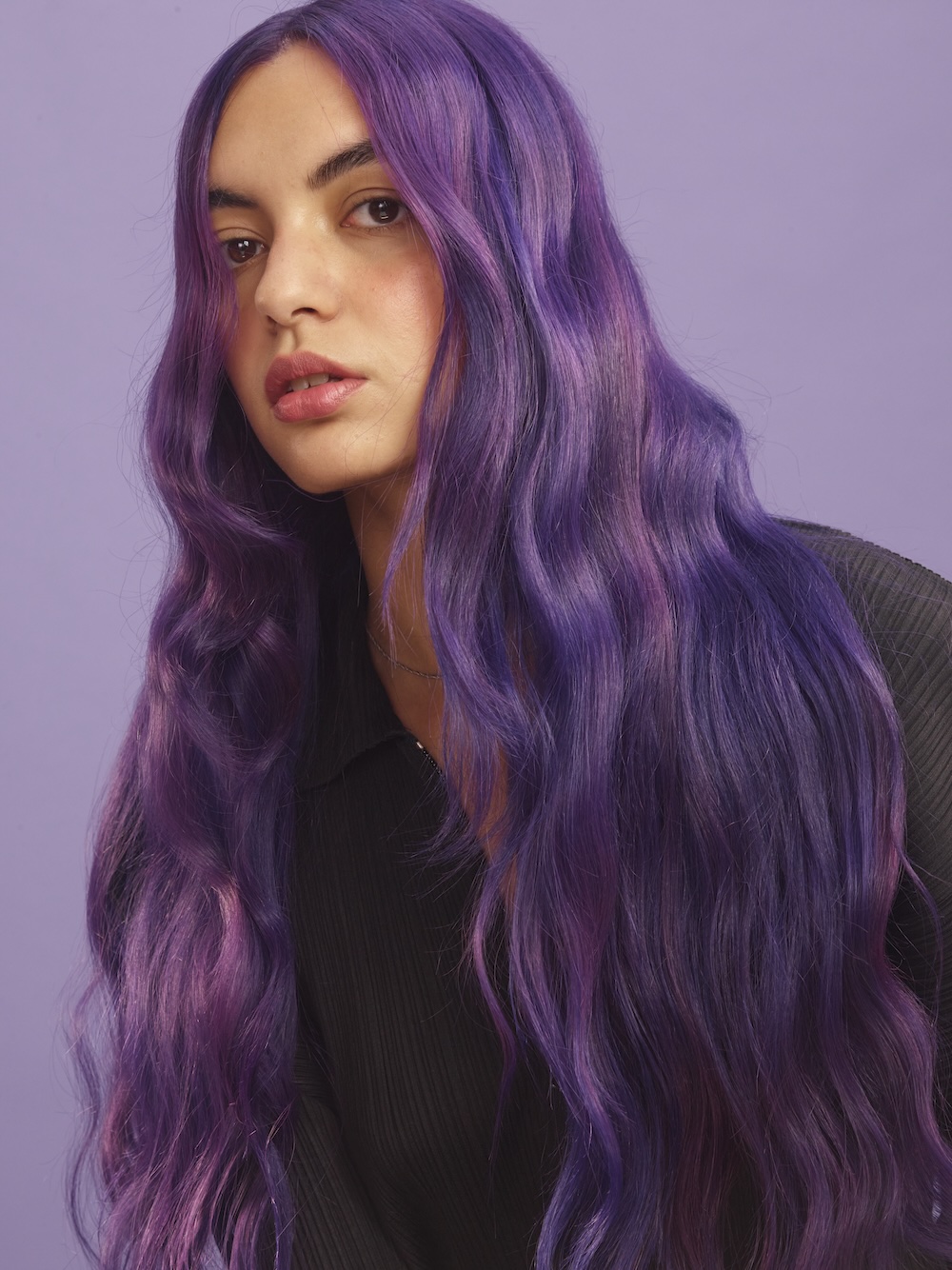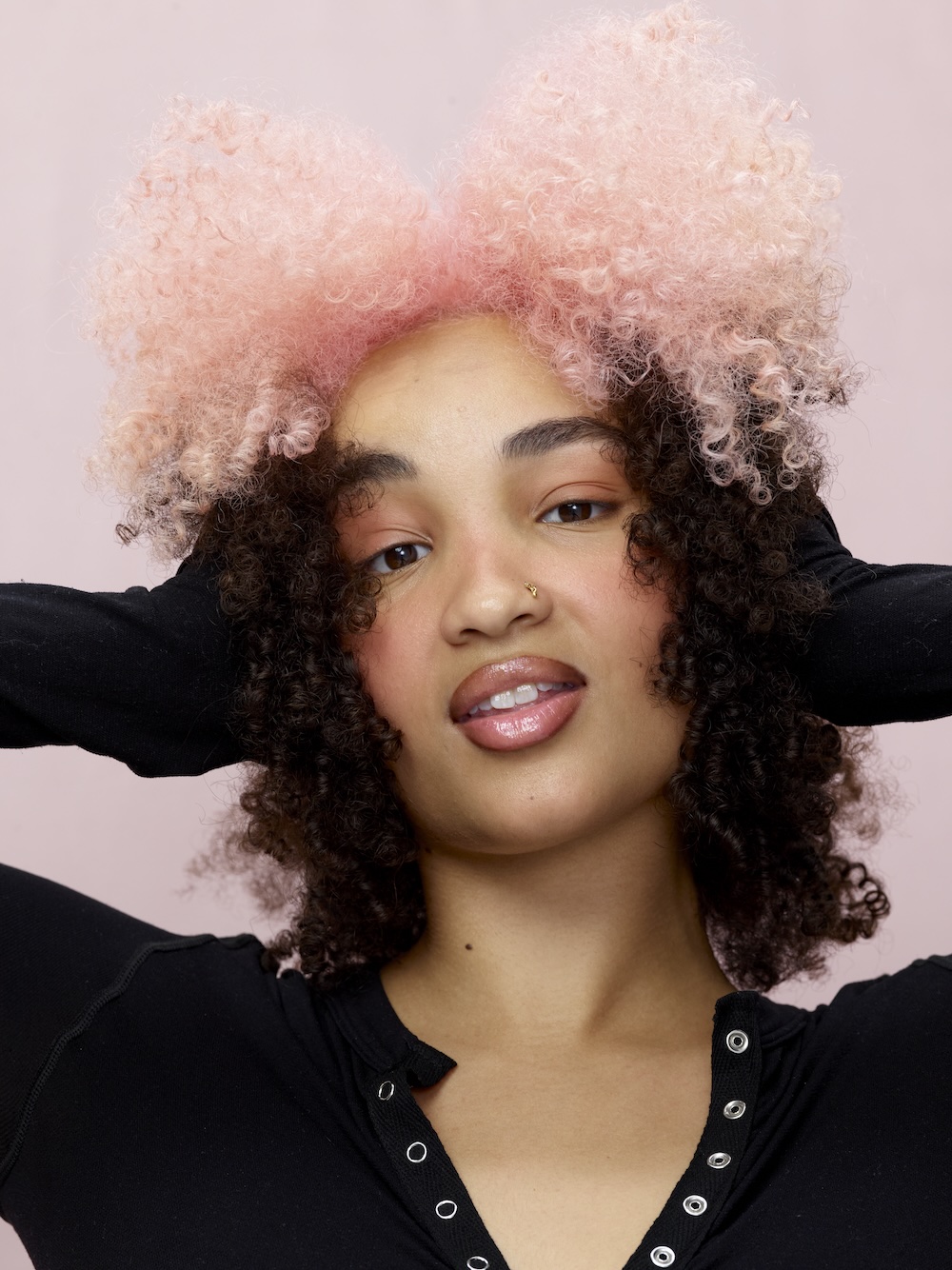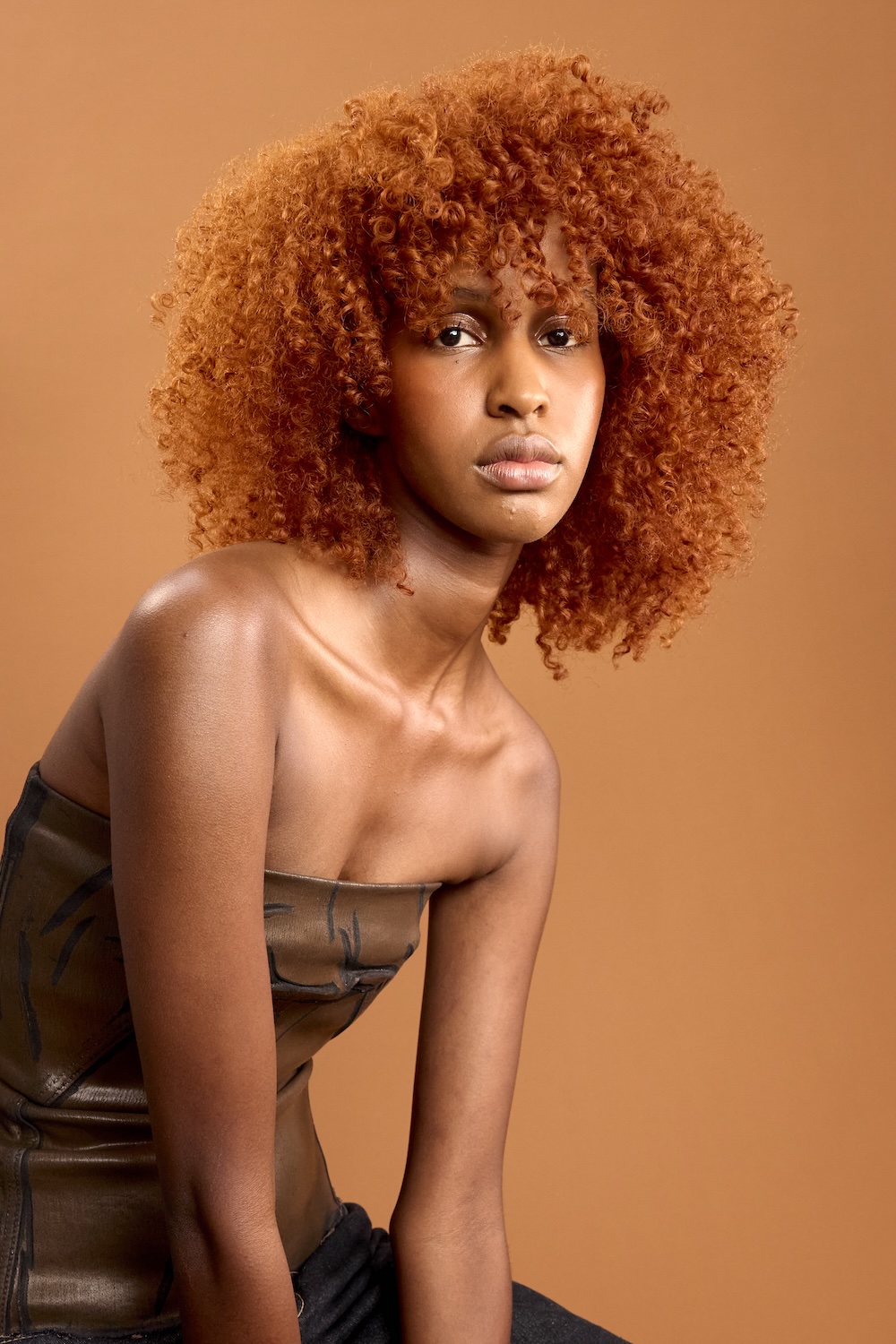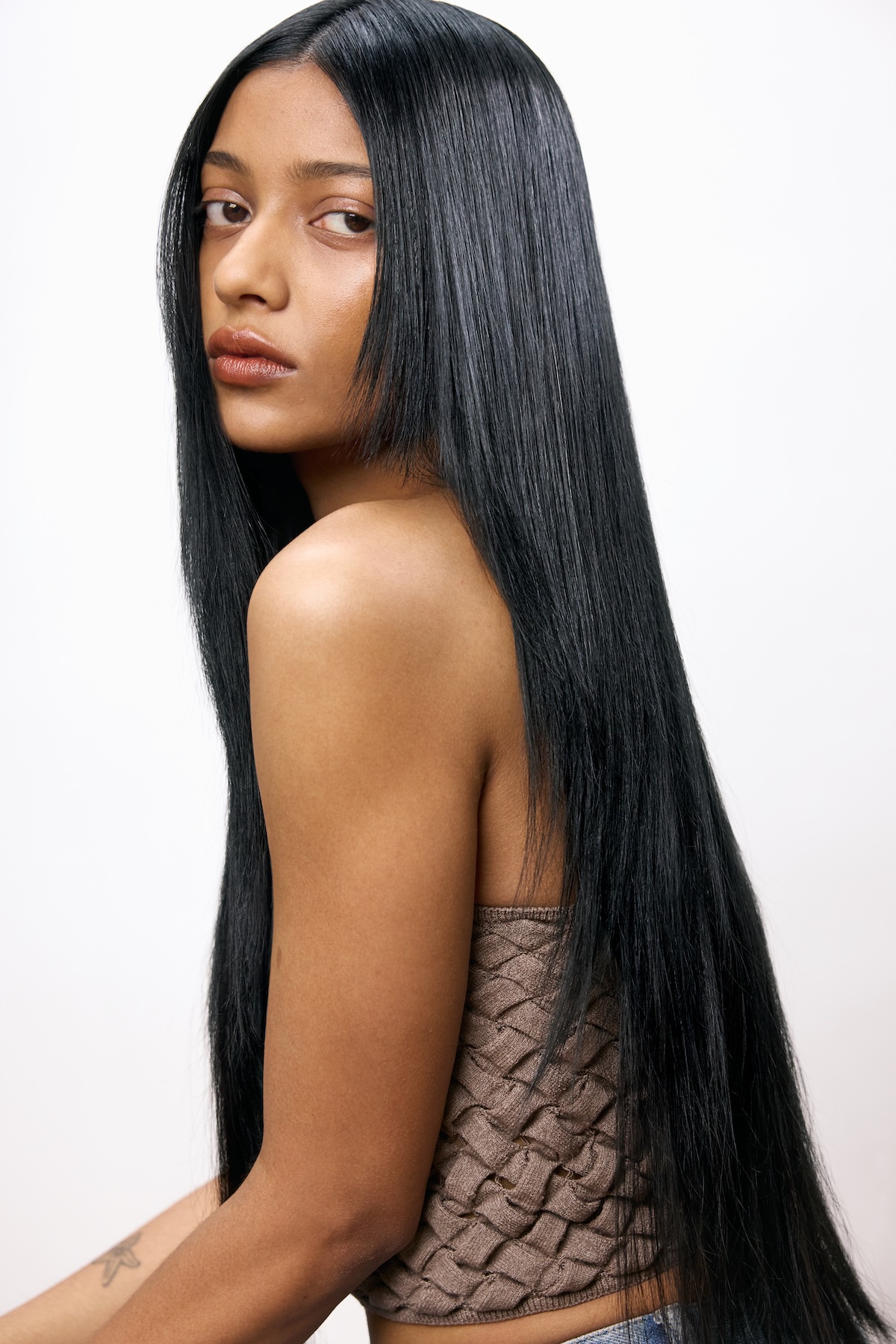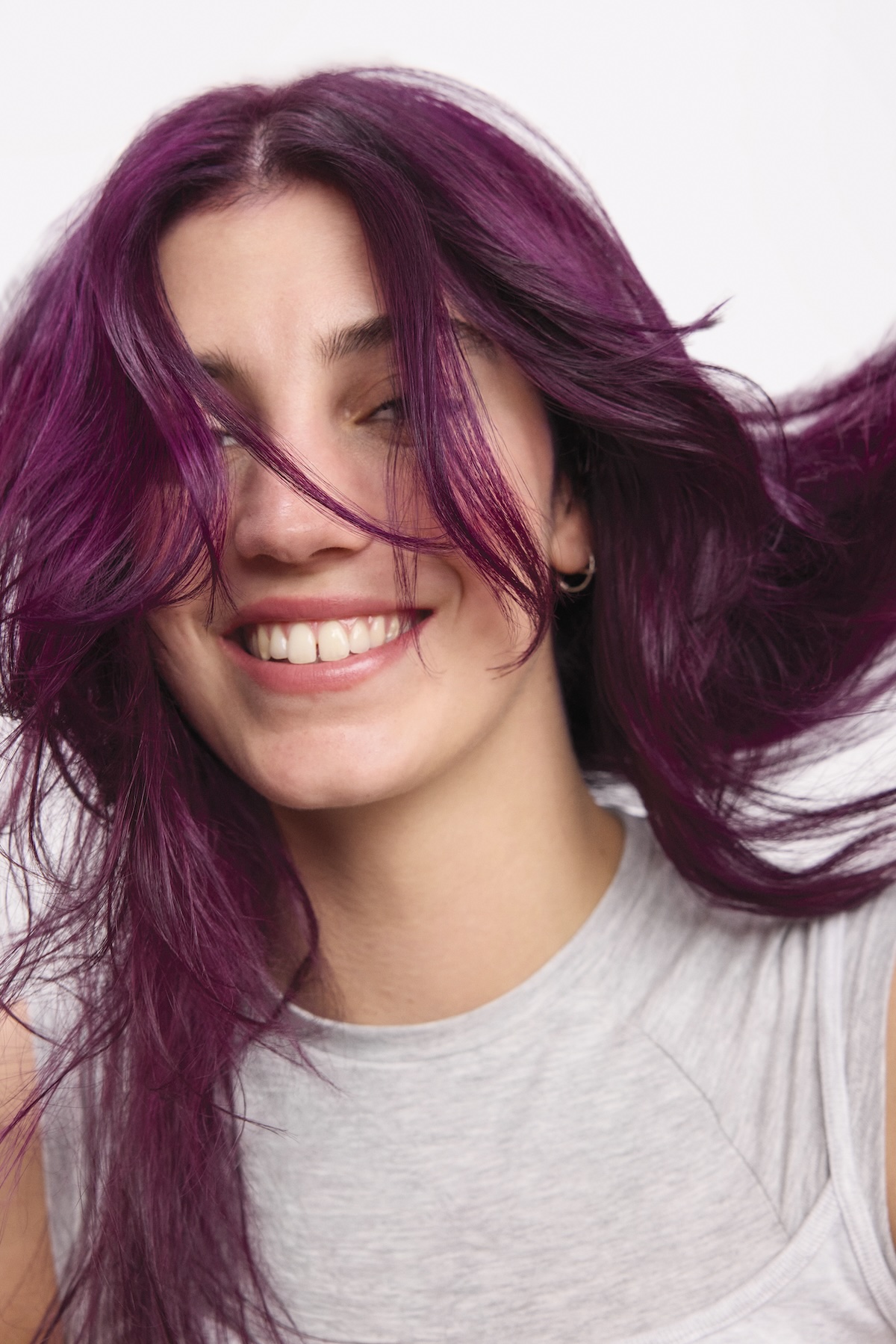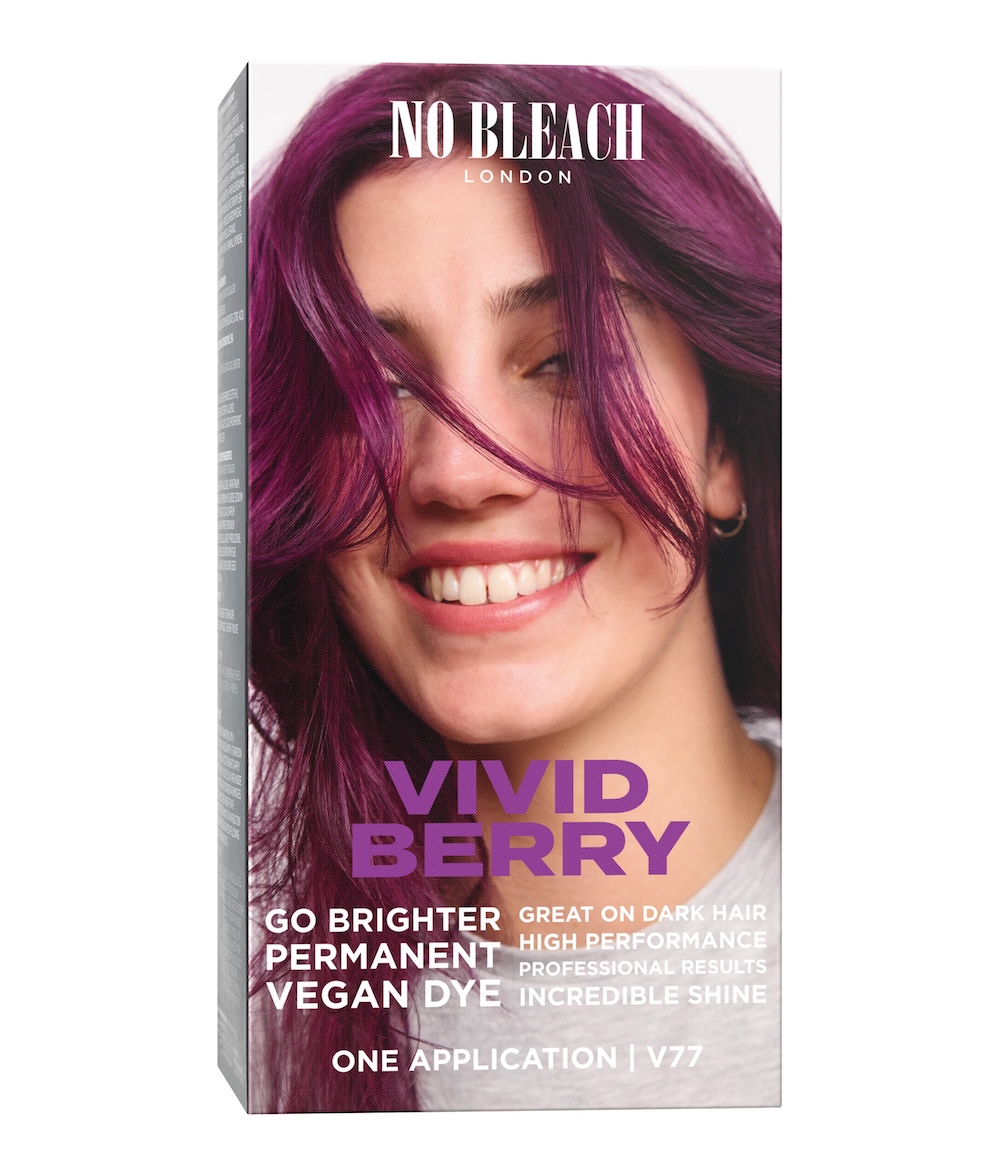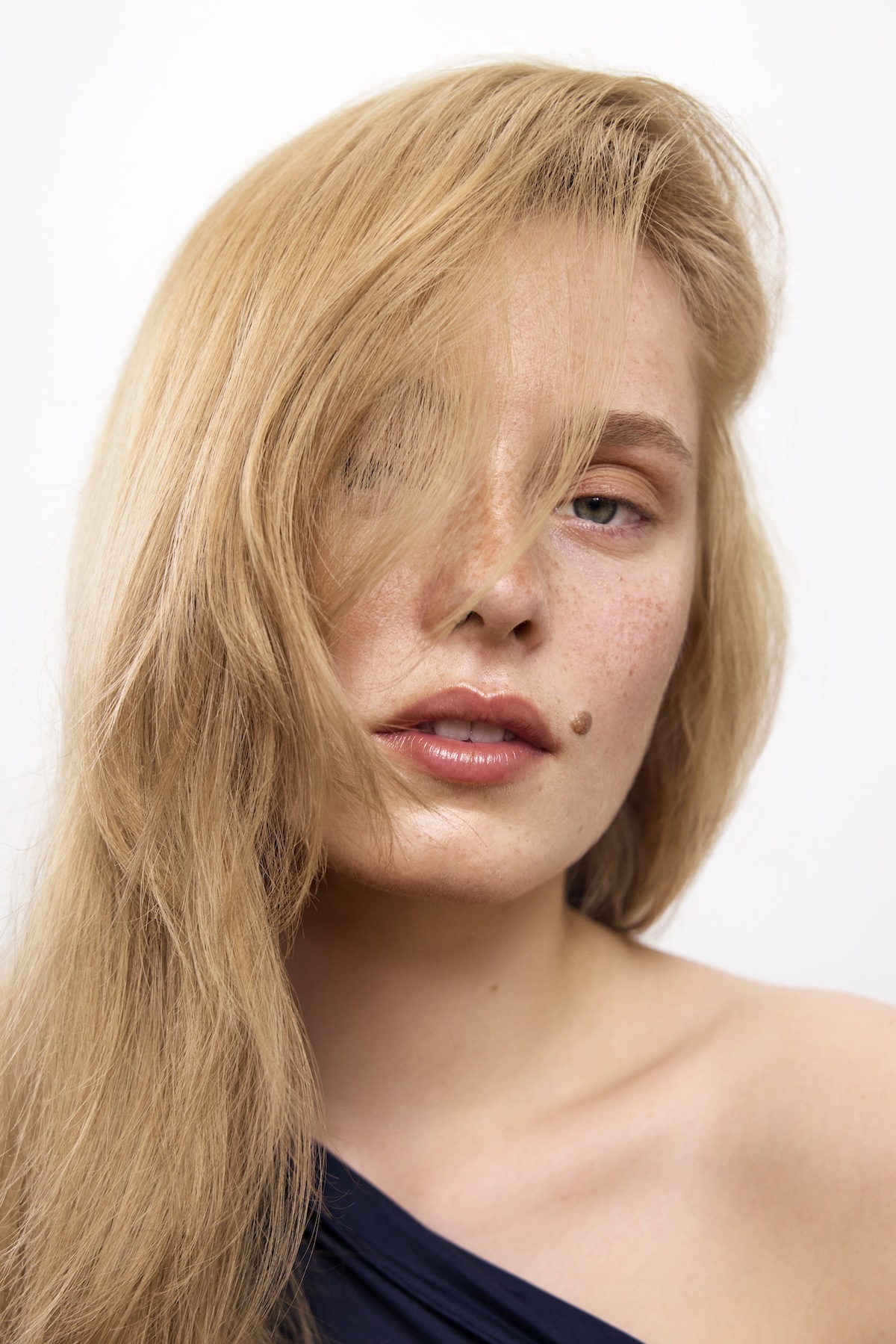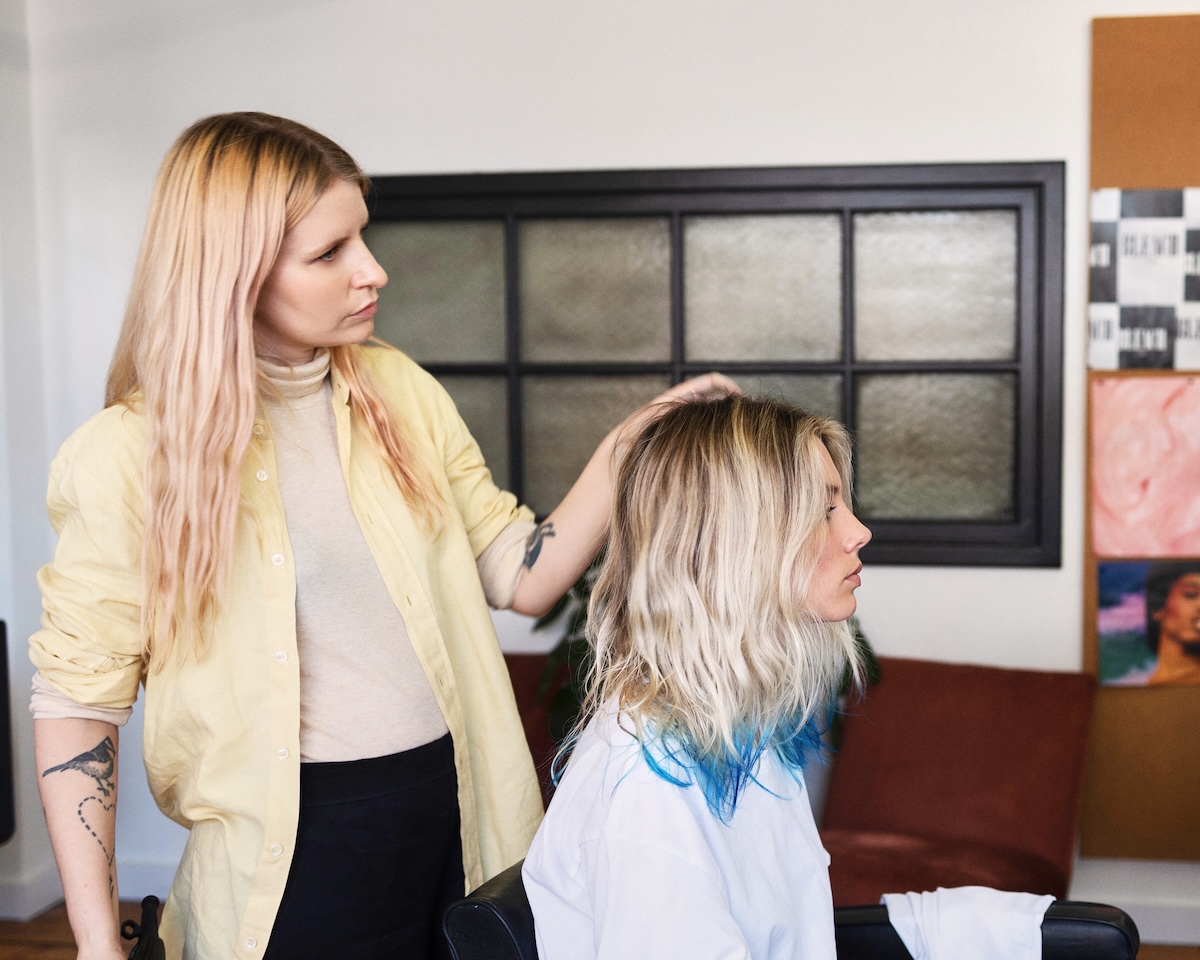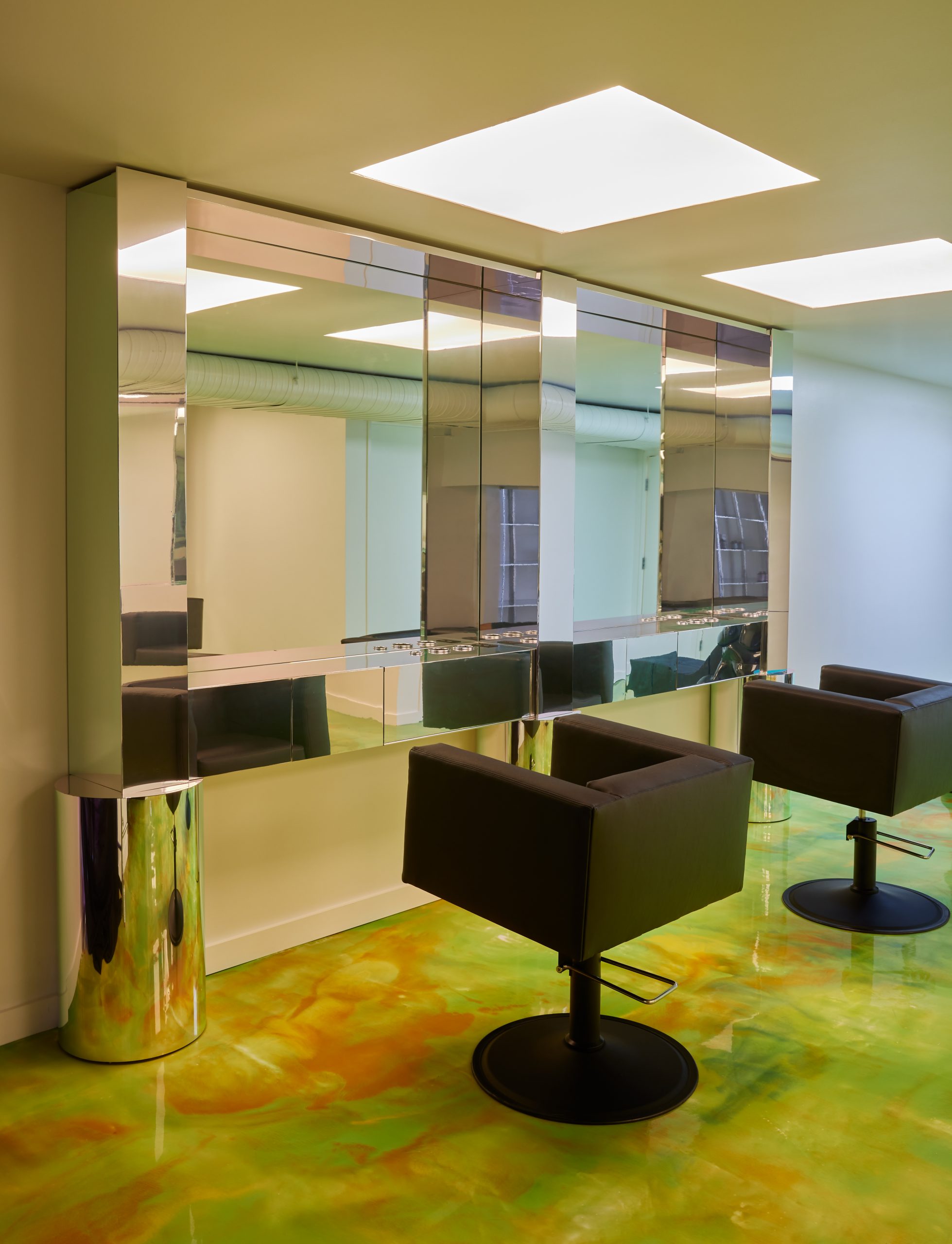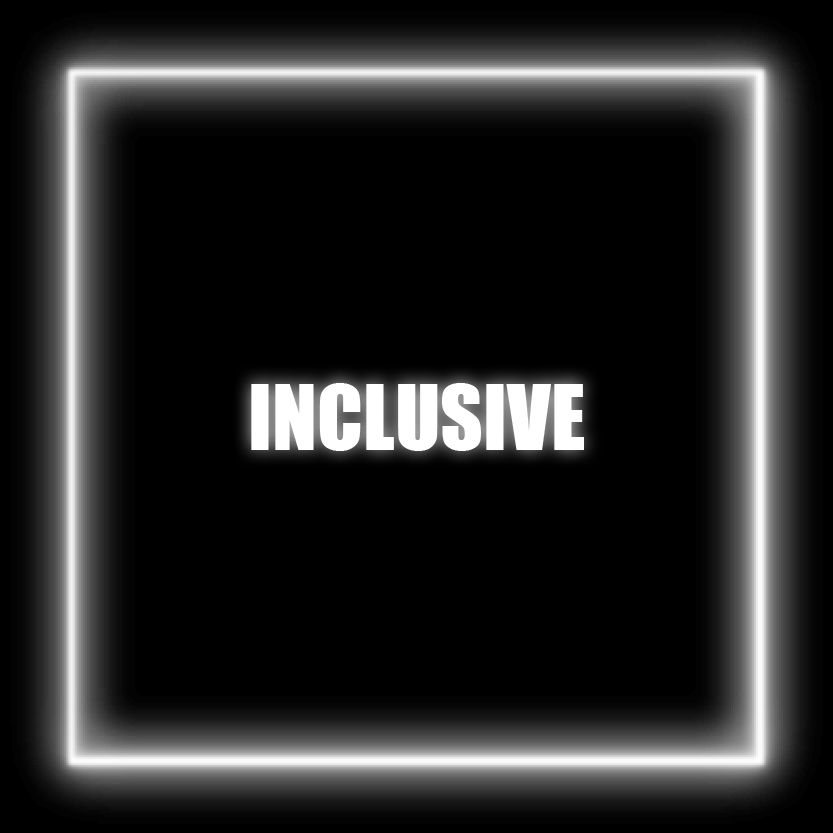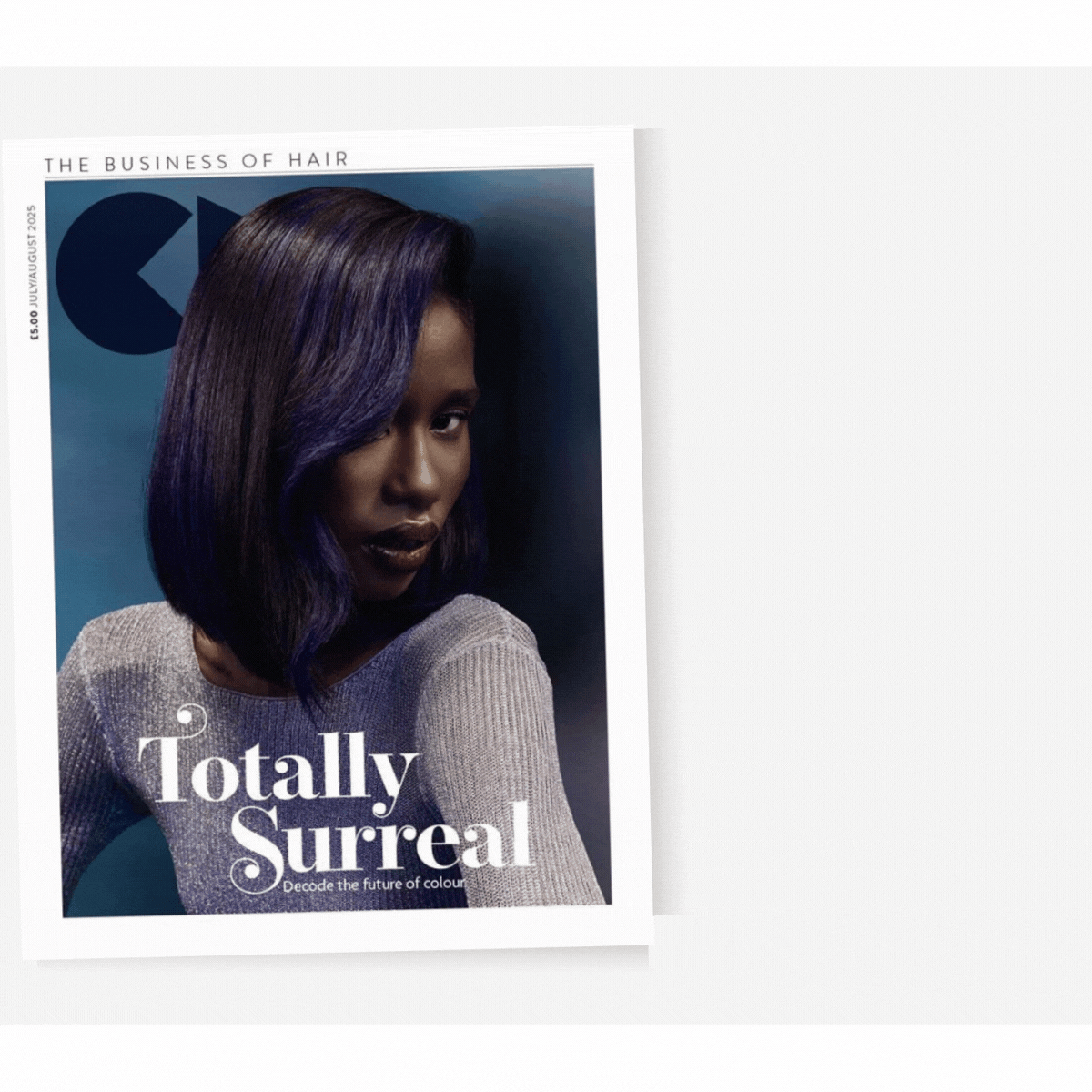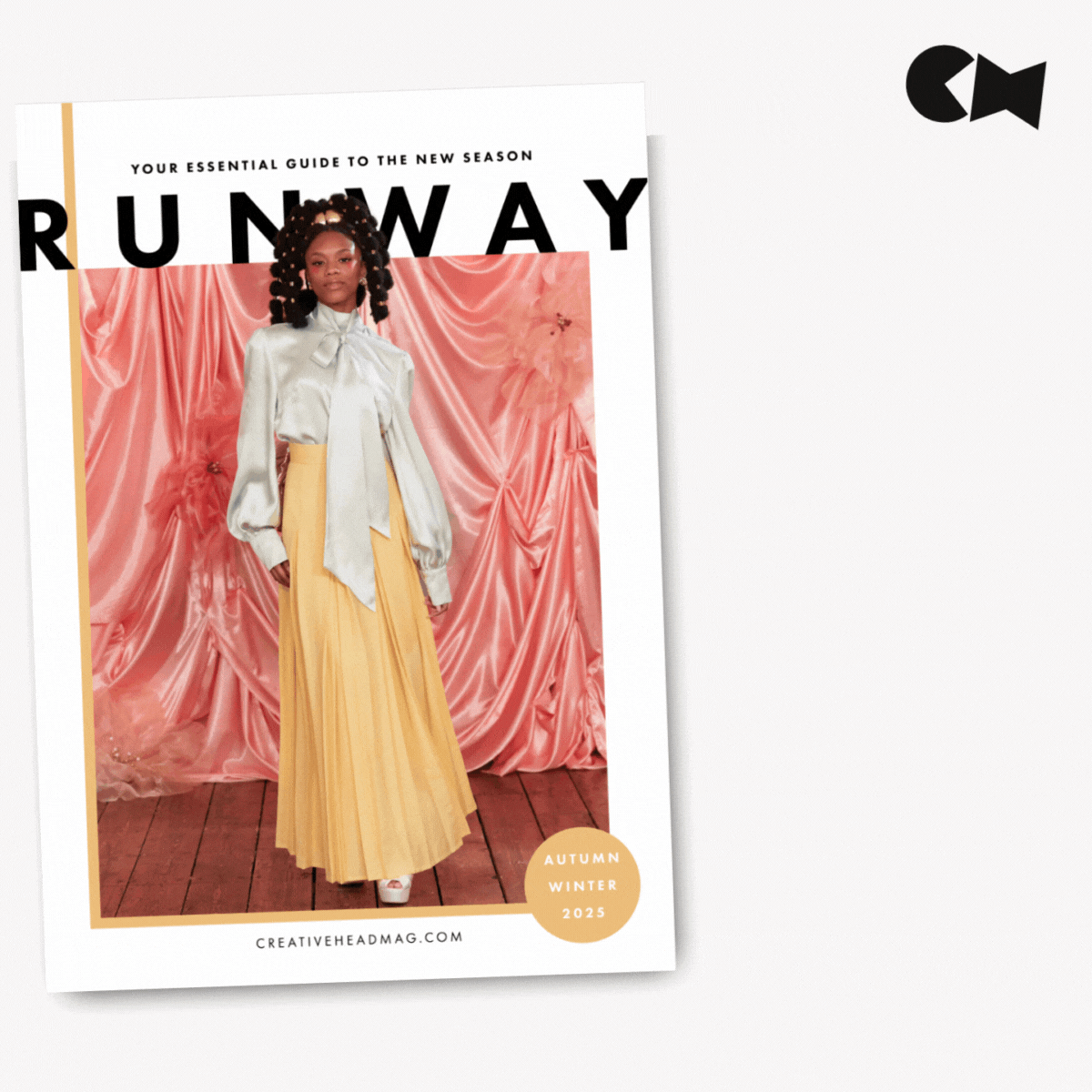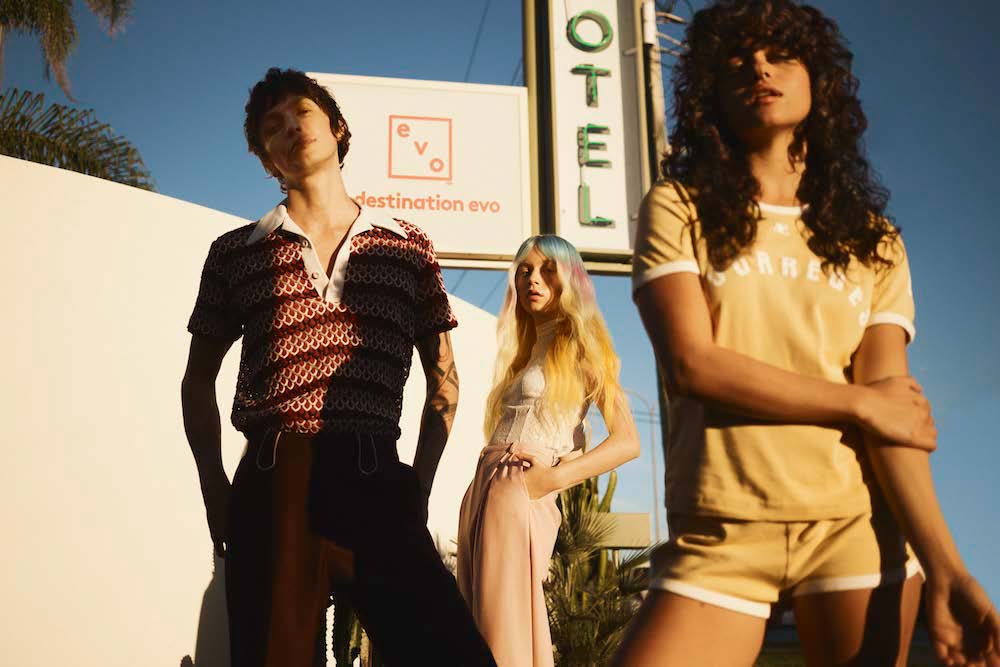
“We Came Through The Gates As A Pretty Disruptive Force”
“We Came Through The Gates As A Pretty Disruptive Force”
box o’ bollox… bride of gluttony… normal persons daily shampoo… If that’s how you name your care and styling products, chances are you’re going to raise eyebrows. Australian brand evo is celebrating 20 years of challenging the industry status quo, having established itself as a globally iconic professional brand now found in over 35 countries and true to its mission of “saving ordinary humans from themselves”.
by C | CONVERSATIONS

Back in 2005, amidst an industry awash with unrealistic beauty stands and over–inflated promises, Garth Gauvin, son of Aussie hairdressing royalty, saw the need for change. He envisioned a brand that could deliver salon-quality performance without pretending to be the solution to life’s problems. evo was designed to get people thinking for themselves with honest, personality-filled products that respect people and the planet.
That rebellious little upstart has now grown into a full concept offering. Today, evo offers everything from care and style products to professional treatments, tools and colour, giving salons and their clients everything they need, from basin to beyond.
In 2012, evo set its sights on global expansion, with Brad Gauvin, Garth’s brother, moving to North America to build the brand and the team on the ground. Since 2020, Brad has been leading the brand as managing director, championing its founding pillars of integrity, simplicity, innovation and personality from Adelaide, South Australia, proving that a haircare brand can indeed help to hold the beauty industry to a higher standard and inspire change for the better.
Creative HEAD caught up with Brad in an early morning/late night Zoom call to chat all things evo, that 20-year milestone and the qualities that have seen the brand go such an impressive distance.
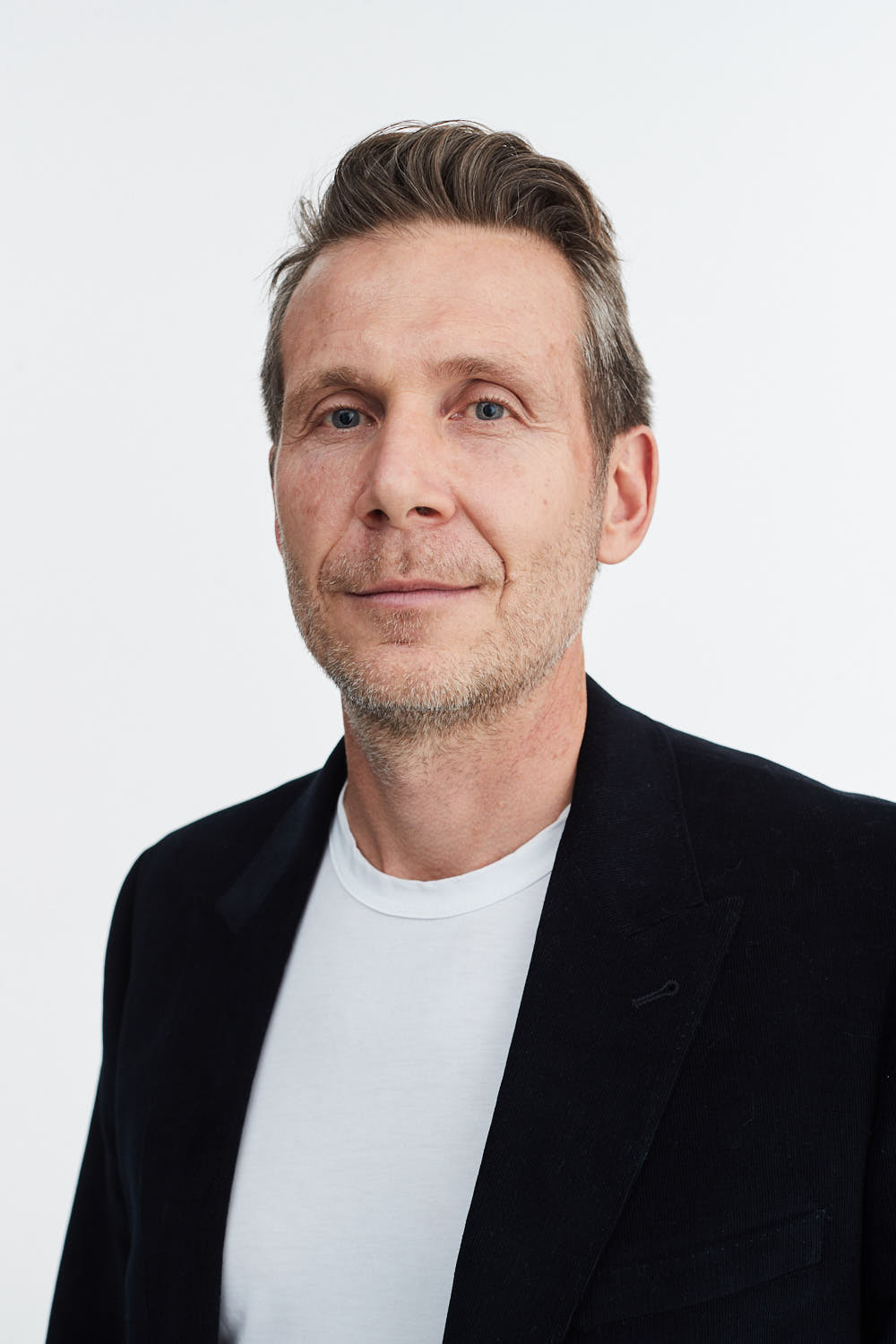
Brad Gauvin
Twenty years is a long time in hairdressing. What is it about evo that’s helped it go the distance– clever marketing or product performance?
I mean, it’s got to be both. Hairdressers need something that aligns with their values, so in that sense evo was ground-breaking in terms of bringing tongue-in-cheek humour at a time when so many products back then were being uber-serious – and still are. That cut-through was really powerful, both with hairdressers and consumers. But products don’t stick if they don’t perform, and evo’s success has been rooted in having high-performance products that are simple to understand and use. But brands, like humans, need to keep evolving and when I look back over the 20 years, you know, we started as kids, literally, but also the brand was a bit juvenile in being disruptive, then it sort of became an adolescent and that maturity has evolved with new products that have been innovative and added different dimensions. Bringing in education has also been key to evo’s growth and development, as that’s something our community can be part of and connect with. So, the 20 years have gone pretty quickly, but there’s been a lot of blood, sweat and tears in the process and a lot of belly laughter, as well.
Your mum and dad ran salons in the 60s and 70s before launching a distribution business that’s been going 50 years. Hairdressing is in your DNA. How important has ‘family’ been to evo’s success?
It’s been a huge strength. That’s the whole platform – it’s created the passion and the connection. Everything we do is about doing salon business and protecting salon business. As distributors, it was our mission to bring innovative, creative brands to Australian salons – Redken, Sebastian, TIGI, for example – and there were lots of learnings that came from that journey that we were able to build into the evo brand. evo was founded by my brother Garth after he’d become a bit disillusioned with what was happening in the industry, with all brands looking the same, using deceptive marketing, greenwashing and other mistruths. He had the idea of, How about doing something crazy and just being honest? evo was something that really spoke to hairdressers and consumers with honesty, made them think and allowed them to make informed decisions.
In the UK, the hairdressing landscape has changed dramatically, with a big swing to self-employment, salon owners renting out their chairs, rather than employing teams. Do movements like these impact on evo’s business strategy?
We’re adapting to the fact there are fewer salons, there are more independents, and it means everything from our offerings to our communications needs to be different. We’re lucky in that we’ve been used to that from our dealings in North America. Freelancers have different business needs and our challenge is to find the right way to speak to, service and support them. It’s something we’re really conscious of, because we want to do business with both customer types.
Three key moments in the evo journey, according to Brad Gauvin
• The Vanity campaign we did when we came out as the brand that everybody knows today – that’s a big one
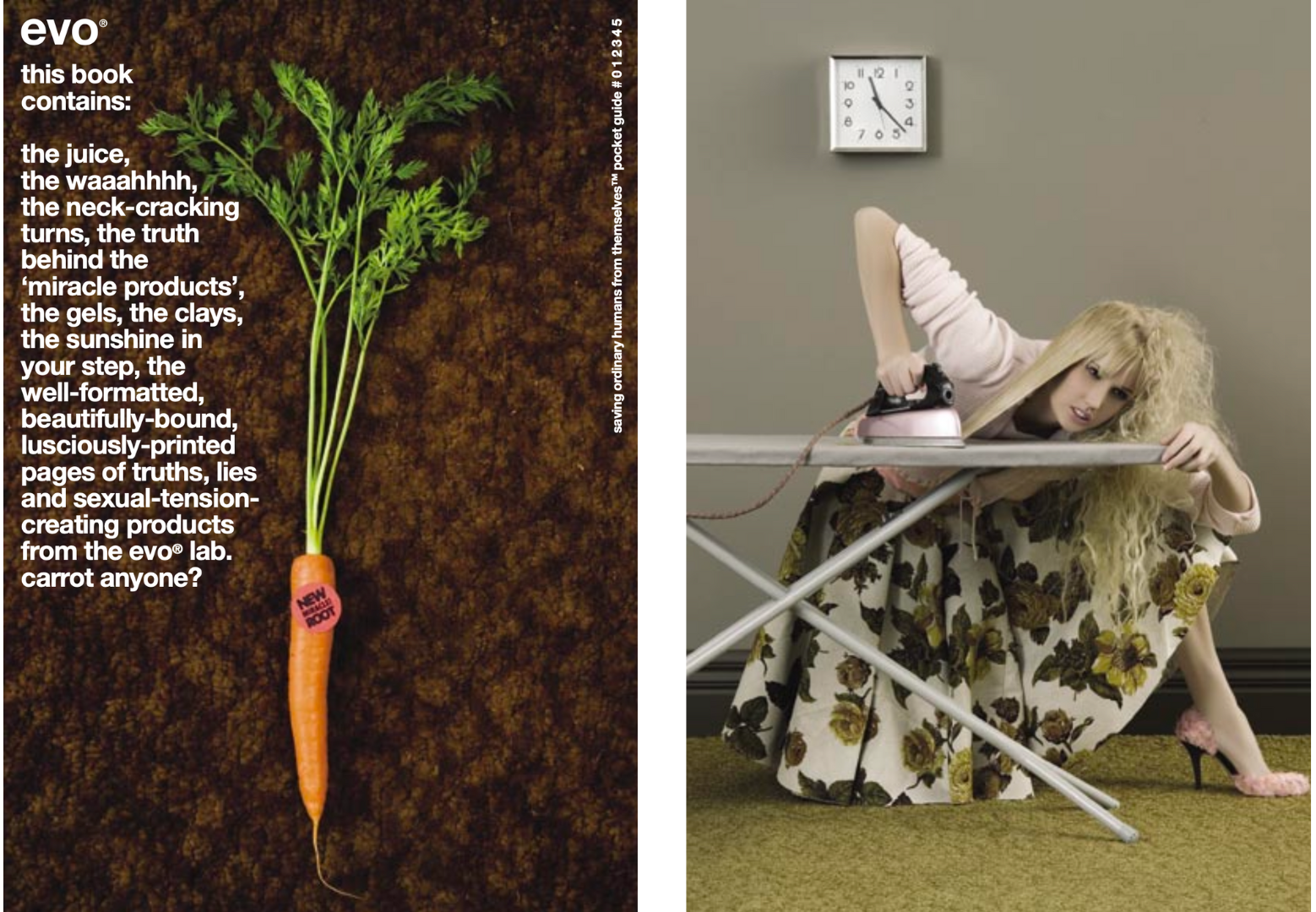
Vanity Campaign
• Building in our community in the UK in 2008/2009 with an exclusive partnership with Aston&Fincher was a pivotal moment, as was launching into North America in 2010.
• Launching our hue-verse professional colour range in 2021. That’s enabled us really to partner with salons. Retail is one thing, but that backroom connection is the anchor and it’s been an important move for growing the business.
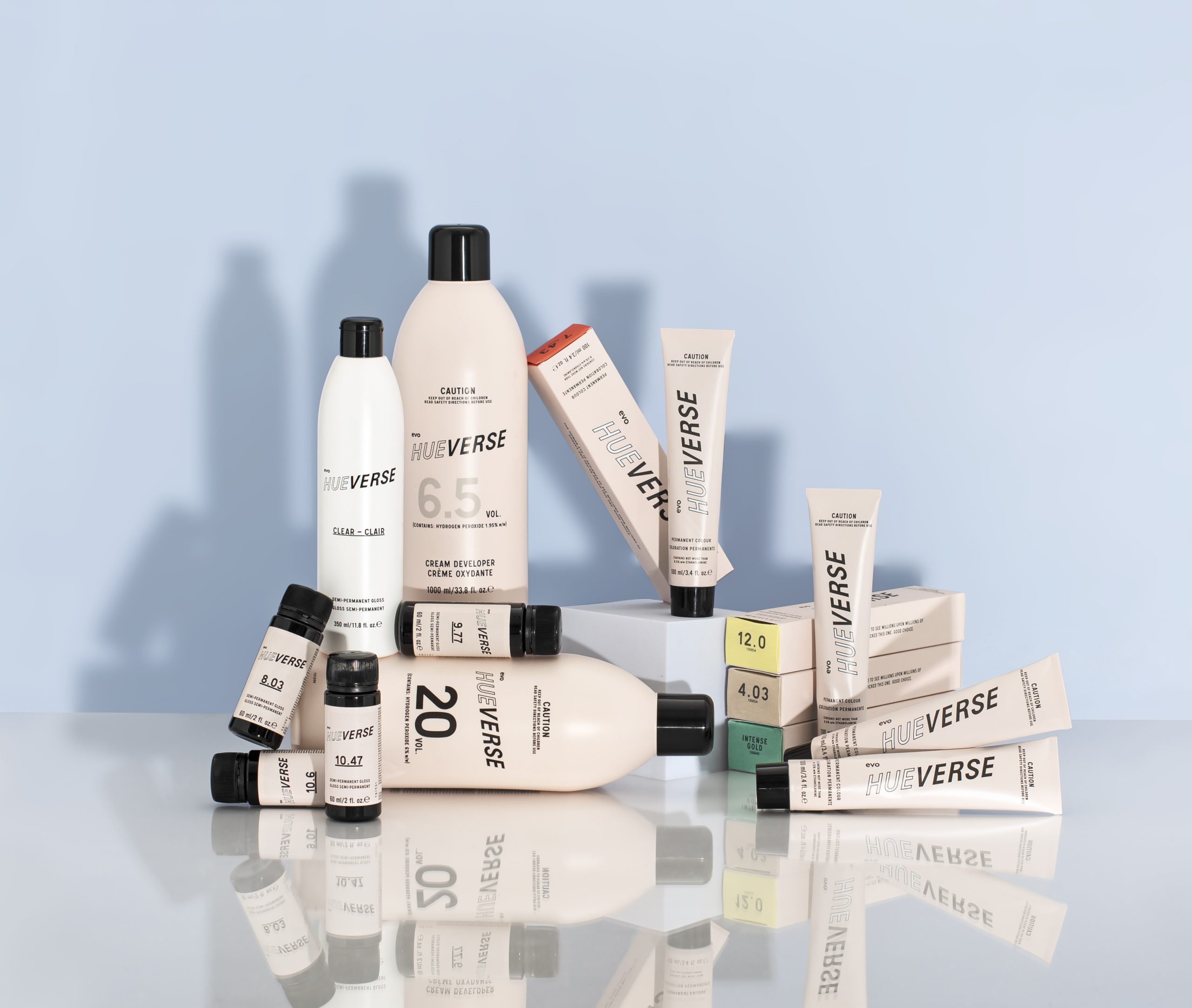
evo’s pro colour range has been a game-changer
Pro brands selling their products in Boots… What’s your take on that?
We were born pro-only and now we describe ourselves as salon-first. With digitisation, we’ve really been forced into this omni-channel play. What’s critical for us is every time someone walks into a salon, they can’t just go online and buy that evo product at a discounted price. Our way of dealing with it is through controlled distribution, including in places like Amazon, so that it removes all the unauthorised resellers, keeps the market clean and ensures pricing is consistent with salons.
And do your salon customers understand that approach? This is a big trust issue, after all.
We’re very open and transparent in our communications, so I think it’s understood. The last thing salons need now, when retail is already in decline, is to suck more out of their business, so our focus is on supporting and protecting that business. Other brands do things differently and some make interesting choices, yes.
Brexit, COVID, Trump tariffs. When it comes to your global distribution, there must have been some challenging moments?
With Brexit, we all just had to get on and deal with that regulatory and logistical stuff pretty quickly, but that’s business – things crop up and you just work through them and adapt. The uncertainty that the US is bringing about now is unfortunate, because it slows business down at all levels. Hopefully, common sense will prevail. No doubt there will be some work to do around pricing, but we’ve beentrying to hold off as much as possible because nobody wants price rises.
The destination evo campaign celebrates the brand’s 20th anniversary
You’ve got two Brits representing your brand, Tom Smith and Ky Wilson. Why did you choose them for evo and how are they helping to shape the brand?
Tom has been with us for a while, he’s the Colour Creative Director for the brand. As a master colour technician, he’s been involved since day one in the creation of our professional colour range, hue-verse, working internally with our team to deliver the innovation our customers want. He’s an excellent educator and communicator too, so he’s been instrumental in sharing his knowledge with our distributors and into salons across Europe and the US. Ky is a walking, talking evo person who was made for the brand, there was such a natural connection. He’s a showman and outstanding artist who has the power to share evo with existing and potential new customers. We want to work more with both of them, together with our outstanding creative team.
Finally, you’re celebrating your 20th anniversary with a new campaign, destination evo. What can we expect to see, hear, feel?
So, destination evo is a metaphorical place where people can come together, be themselves and where good hair feels like home – that’s one of our key taglines. People love the inclusivity in evo, and that’s been brought to life in a campaign where all stylists will see characters they identify with, and that will be rolled out across our marketing channels over the next 12 months, along with salon merchandising, so it lives and breathes and sells it too. In terms of the UK, look out for some events around October time, with workshops and education where people can come and see our creative work in action – it’s going to be a real celebration.
